Mastodon Twitter Crossposter
This service allows you to connect a Mastodon account and a Twitter account and enable cross-posting between them. You can choose some options, such as if you want to post boosts, unlisted toots or replies.

This service allows you to connect a Mastodon account and a Twitter account and enable cross-posting between them. You can choose some options, such as if you want to post boosts, unlisted toots or replies.
Pour donner une idée de l’ampleur du problème, Gabor Szathmari a réenregistré d’anciens noms de domaine pour plusieurs cabinets d’avocats qui avaient fusionné, et mis en place un serveur de courrier électronique. Et, sans rien pirater, il affirme avoir reçu un flux constant d’informations confidentielles, y compris de la correspondance bancaire, des factures d’autres cabinets d’avocats, des documents juridiques sensibles de clients, et des mises à jour LinkedIn. (Il a ensuite restitué les noms de domaine à leurs propriétaires d’origine).
Or, selon le chercheur, il serait facile d’utiliser la même technique pour commettre des fraudes. « En rétablissant une boutique en ligne fonctionnant autrefois sur un nom de domaine désormais abandonné, des acteurs malveillants pourraient télécharger les pages web originales depuis archive.org, puis prendre des commandes et effectuer de nouveaux paiements en se faisant passer pour une boutique en ligne tout à fait fonctionnelle », a-t-il déclaré par courriel. « Si l’ancienne boutique en ligne disposait d’un système de gestion de la relation client (CRM) ou d’un MailChimp, les criminels pourraient accéder à la liste des anciens clients en reprenant ces comptes avec un mot de passe réinitialisé par courrier électronique »
But, in reality, these efforts started years ago, in 2014, when the Drupal project first moved in to replace «master/slave» terminology with «primary/replica.»
Drupal’s move was followed by the Python programming language, Chromium (the open-source browser project at the base of Chrome), Microsoft’s Roslyn .NET compiler, and the PostgreSQL and Redis database systems.
…términos como «master/slave» se llevan usando años no solo en el ámbito del desarrollo, sino también al hablar por ejemplo de las viejas configuraciones de discos duros.
Dichos conceptos siempre han suscitado cierta controversia por sus connotaciones raciales, y ahora varias empresas están impulsando cambios para dejar de usar esos términos y sustituirlos por otros más neutros. Por ejemplo usar «principal» (main), «por defecto» (default), «raíz» (root) o «primario» (primary) para sustituir al concepto de «maestro» (master).
Lo mismo ocurre con las «listas negras» y las «listas blancas» que por ejemplo usamos para admitir o bloquear ciertas palabras en los comentarios que llegan a un blog. En lugar de esos conceptos se quieren usar «lista de permitidos» y «lista de exluidos/denegados».
Pues eso, canciones que tengan que ver de forma directa o tangencial o nos recuerden a la situación que estamos viviendo.
SOLIVID es un proyecto colectivo para la construcción de un mapa colaborativo y de un banco de recursos on-line sobre las iniciativas solidarias frente a la crisis del COVID-19.
Todos datos que recojamos seran de acceso abierto.
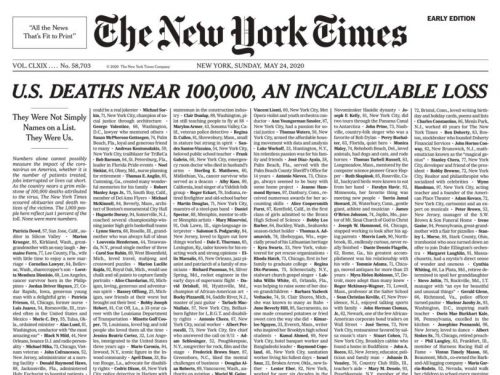
The New York Times prepared a powerful front page for its May 24 print edition, marking the somber milestone of 100,000 coronavirus deaths in the United States.
The newspaper listed the names of 1,000 people who died of COVID-19 — just 1% of the total death toll.
The newspaper staff combed through obituaries and death notices for people whose cause of death was listed as COVID-19, and listed people’s names, ages, and facts about their lives.
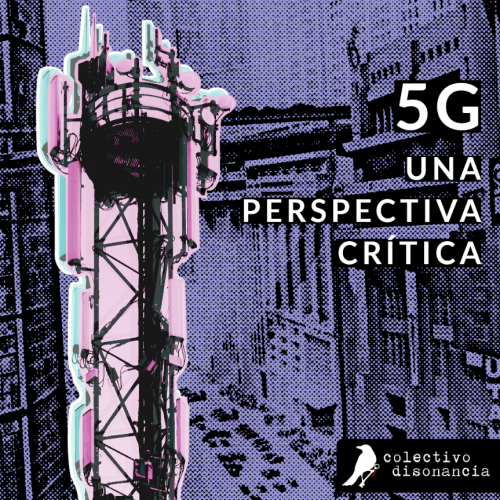
Aunque no hay un consenso general, hasta ahora no existe evidencia suficiente que demuestre algún daño inmediato en la salud provocado por las redes 5G. Como aún persisten dudas, la investigación seria y el debate continúan.
Sin embargo, el 5G no está ligado a la propagación de la pandemia. Esta acusación está perjudicando a las críticas centradas en los impactos políticos y sociales de esta nueva tecnología.
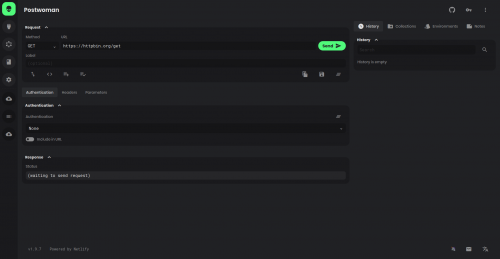
A free, fast and beautiful API request builder (web alternative to Postman)
Retrouvez ici des ressources inspirantes, partagées par d’autres tiers-lieux, pour vous aider à gérer le déconfinement et le retour à l’activité.
https://www.youtube.com/watch?v=uzHAZIB_0bk
Distributor is a WordPress plugin that makes it easy to syndicate and reuse content across your websites — whether in a single multisite or across the web.
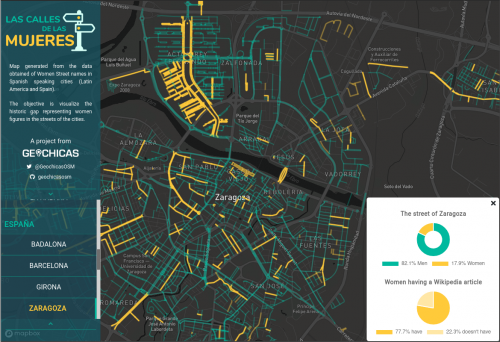
Proyecto colaborativo de Geochicas para producir un mapa a partir de las calles que cuenten con un nombre de alguna mujer en Latinoamérica y España. Esta propuesta busca enlazar y generar contenidos en OSM y Wikipedia sobre mujeres destacadas.
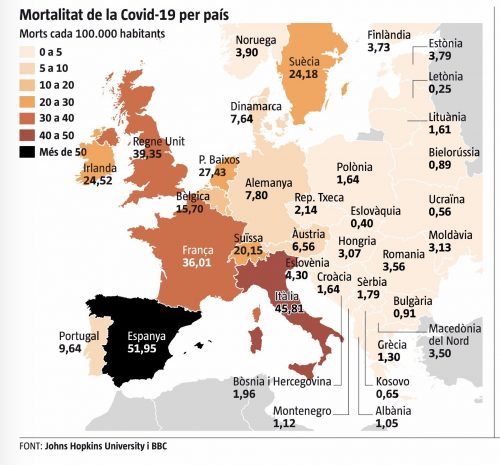
Lo primero que me chocó es la gama de colores del mapa. Lo normal es que se use un color y se aplique una tonalidad que se va oscureciendo conforme los valores son más altos. En este caso el valor más alto es de un color diferente de la gama, El negro no es marrón.
Además, la diferencia de color es muy grande respecto a Italia con una variación del 5%. No sé si esto es intencionado o tan solo un error de diseño. Este mapa va a la galería de ejemplos de malas visualizaciones para mis alumnos. Para colmo, los datos no eran correctos.
Como ya se dieron cuenta @resd9 y @A_Sorines el dato de Bélgica era erróneo en vez de 15,70% era 65,67%. El mapa lo publicó la Vanguardia y ha rectificado el dato aunque mantiene el color negro.
const arrayToObject = (array) =>
array.reduce((obj, item) => {
obj[item.id] = item
return obj
}, {})const peopleObject = arrayToObject(peopleArray)
console.log(peopleObject[idToSelect])
We inspire women to fall in love with programming.
Django Girls organize free Python and Django workshops, create open sourced online tutorials and curate amazing first experiences with technology.
Django Girls is a non-profit organization and a community that empowers and helps women to organize free, one-day programming workshops by providing tools, resources and support. We are a volunteer run organization with hundreds of people contributing to bring more amazing women into the world of technology. We are making technology more approachable by creating resources designed with empathy.
During each of our events, 30-60 women build their first web application using HTML, CSS, Python and Django.
Este tutorial no te convertirá en programadora de la noche a la mañana. Si quieres ser buena en esto, necesitarás meses o incluso años de aprendizaje y práctica. Sin embargo queremos enseñarte que programar o crear sitios web no es tan complicado como parece. Intentaremos explicar las cosas lo mejor que podamos, para perderle el miedo a la tecnología.
Amish lives are anything but anti-technological. In fact on my several visits with them, I have found them to be ingenious hackers and tinkers, the ultimate makers and do-it-yourselfers and surprisingly pro technology.
Some orders require the buggy to be an open carriage (so riders – teenagers, say – are not tempted with a private place to fool around); others will permit closed carriages. Some orders allow tractors on the farm, if the tractors have steel wheels; that way a tractor can’t be “cheated” to drive on the road like a car. Some groups allow farmers to power their combine or threshers with diesel engines, if the engine only drives the threshers but is not self-propelled, so the whole smoking, noisy contraption is pulled by horses. Some sects allow cars, if they are painted entirely black (no chrome) to ease the temptation to upgrade to the latest model.
When cars first appeared at the turn of last century the Amish noticed that drivers would leave the community to go shopping or sight-seeing in other towns, instead of shopping local and visiting friends, family or the sick on Sundays. Therefore the ban on unbridled mobility was aimed to make it hard to travel far, and to keep energy focused in the local community.
Turns out the Amish make a distinction between using something and owning it. The Old Order won’t own a pickup truck, but they will ride in one. They won’t get a license, purchase an automobile, pay insurance, and become dependent on the automobile and the industrial-car complex, but they will call a taxi.
Al igual que las vacunas que se están desarrollando requieren de un tiempo de precaución para probar su fiabilidad, las tecnologías también lo necesitan para garantizar que no producirán daños sociales y brechas inasumibles en estados democráticos, así como para que no lleguen a generar precedentes peligrosos para nuestros derechos.
en primer lugar, que sean temporales. Es decir, que cuando termine el estado de alarma, dejen de funcionar. En segundo lugar, que se sepa cuáles son los propósitos y que se cumplan, lo que implica no seguir añadiendo capas con nuevas funcionalidades en cada actualización que extiendan los propósitos iniciales. Y por último, que se conozca quiénes tienen acceso a los datos que se recopilan y que no se permita el acceso a ellos a nadie más.
Estas empresas han optado por la opción descentralizada, algo que sin duda beneficia a la privacidad, pero por contra, merma el poder de decisión de los gobiernos y poderes públicos.
La actual situación nos debe servir para reflexionar acerca de la tecnología que queremos, donde la ciudadanía, informada, tome decisiones sobre qué aplicaciones o datos da y a qué actores del ecosistema digital. Los sistemas de cajas negras no deberían ser aceptables en tiempos de pandemia, pero tampoco en ningún otro momento.
Las tecnologías no son ni buenas ni malas ni neutrales, y en muchos casos depende del uso que se les dé o se les permita.
Podríamos decir que caminamos «a hombros de gigantes». Las nuevas redes libres no surgen de la noche a la mañana y antes de las actuales existieron otras.
LaFábrika detodalavida (LFdTV) es una cocina de procesos económicos, sociales y culturales de experimentación que trabaja para la gestión social del territorio y la ociocultura en el ámbito rural. Desde LFdTV desarrollamos dinámicas creativas y metodologías de investigación/acción alrededor de los bienes comunes, la producción cooperativa, la cultura libre y la autoconstrucción.
Montenoso somos unha comunidade que traballa por visibilizar e dinamizar as CMVMC de Galicia, así como outras manifestacións dos comúns.
Somos un proxecto militante que xurdiu no 2010, no que colaboramos persoas, entiades e comunidades.
Os equipos de traballo son abertos e podes participar ou propoñer ideas e accións.
La fundación entretantos es una entidad sin ánimo de lucro creada a partir de un grupo de profesionales que tienen en común su apuesta y compromiso por el trabajo en red como herramienta de construcción colectiva para avanzar hacia la sostenibilidad y una mejor relación con el territorio.
La Red Española de Desarrollo Rural (REDR) es una asociación sin ánimo de lucro constituida en el año 1995 con el objetivo genérico de promover un modelo de desarrollo rural integral y sostenible.
La REDR está integrada en la actualidad por Redes Territoriales que engloban más de 180 Grupos de Desarrollo Rural de todo el territorio español, los cuales gestionan Programas e Iniciativas relacionadas con el Desarrollo Rural y la metodología LEADER enmarcadas en el Fondo Europeo de Agricultura y Desarrollo rural (FEADER).
La REDR es un instrumento válido y necesario para actuar como interlocutor de los Grupos de Desarrollo Rural, socios de la REDR, en diferentes organismos de decisión y reflexión y ante las diferentes administraciones: Comunitaria, Estatal y Regional.
https://www.youtube.com/watch?v=8YP_nOCO-4Q
Building cross-platform desktop applications comes with a unique set of challenges that can stand in your way when you are trying to transform your ideas into software. Web apps avoid some of these hurdles, but they have limitations that make them impractical for building native desktop applications. Electron lets you harness the best parts of these technologies to build beautiful, cross-platform desktop applications using HTML, JavaScript, and CSS.
We don’t need more Linux distributions. Stop making Linux distributions, make applications instead.
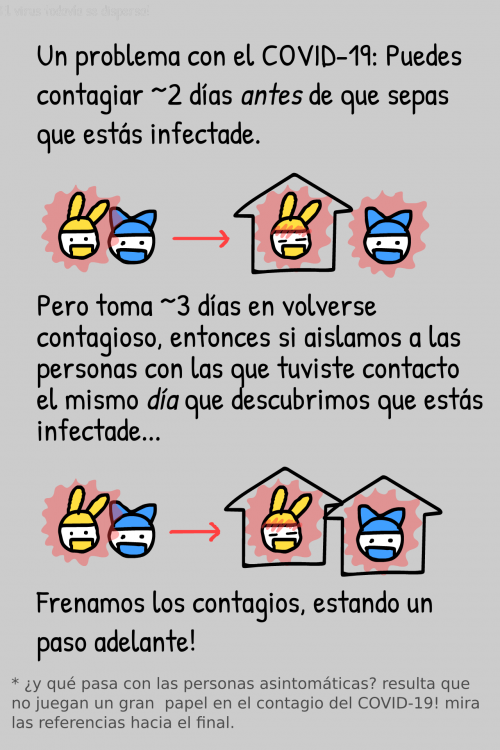
Cómo las apps de rastreo de contactos pueden frustrar tanto al COVID-19 como al Gran Hermano.
Grupos de investigación de todo el mundo están estudiando por qué la COVID-19 ataca en lugares concretos y en otros pasa de largo. Lo que parece es que «se extiende en lo que llamamos ‘clusters’ o racimo, mientras que en la gripe los contagios son más uniformes», explica el epidemiológico Fernando Rodríguez Artalejo, catedrático en la Universidad Autónoma de Madrid. Sería un grupo de infecciones en el mismo lugar y al mismo tiempo frente a contagios menos concentrados como los de la gripe común, que también son más fáciles de gestionar por los servicios sanitarios.
There are only two steps required: updating our articles/models.py file and articles/urls.py.
In our model, we can add Django’s built-in SlugField. But we must also–and this is the part that typically trips people up–update get_absolute_url as well. That’s where we pass in the value used in our URL.
There are a number of suggestions for the technical implementation of this concept. These proposals range from dystopian systems of full surveillance to targeted, completely anonymous methods of alerting potentially infected persons without knowledge of the specific person.
In principle, the concept of a «Corona App» involves an enormous risk due to the contact and health data that may be collected. At the same time, there is a chance for «privacy-by-design» concepts and technologies that have been developed by the crypto and privacy community over the last decades. With the help of these technologies, it is possible to unfold the epidemilogical potential of contact tracing without creating a privacy disaster. For this reason alone, all concepts that violate or even endanger privacy must be strictly rejected.
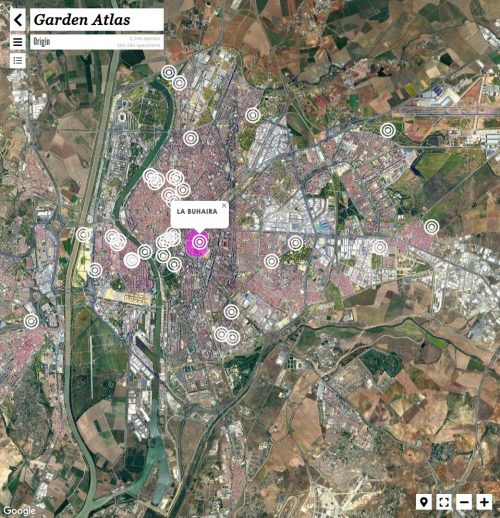
Es una plataforma digital diseñada por Nomad Garden para propiciar nuevos acercamientos a los jardines. Una herramienta que, vinculando arte, ciencia y tecnología, permite identificar las especies de un jardín sin ser un experto; medir los efectos ambientales que éstas generan sobre el entorno; crear contenidos o eventos de manera sencilla; visualizar la información de forma atractiva con textos, imágenes y delicados mapas*; difundir los contenidos a través de web y móvil, o formar parte de una comunidad en la que ya están presentes jardines como los del Real Alcázar de Sevilla, El parque de María Luisa, Arboleda Digital, El jardín de Magallanes, El jardín Cosmopolita o el Palacio de las Dueñas y entidades como el Patronato del Real Alcázar de Sevilla, el IAPH (Instituto Andaluz de Patrimonio Histórico), MECD (Ministerio de Educación, Cultura y Deporte del Gobierno de España), la Casa de Alba, el Área de Educación y el Área de Cultura del Ayuntamiento de Sevilla o asociaciones como ACPP.
Descubre, cartografía y difunde contenidos sobre los jardines y sus especies, visualizando los efectos que producen sobre el cuerpo, el ambiente y la cultura.
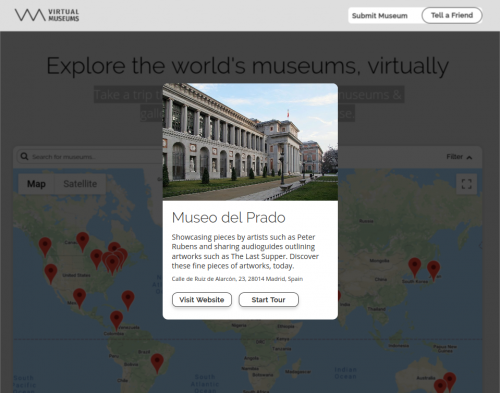
Take a trip through the world’s best virtual museums & galleries, all without leaving the house.
Initially, a rumor spread that it was the Iranian government blocking the map — until human rights and freedom of speech organization Article 19 confirmed that the map is blocked not by Iran, but because of U.S. sanctions.
Iranian internet advocates say access to a resource like the Johns Hopkins map is crucial in Iran, where accurate information about coronavirus is in short supply.
A javascript component to create terrific cartography ! GoGoCartoJs is the autonomous frontend part of the GoGoCarto Project